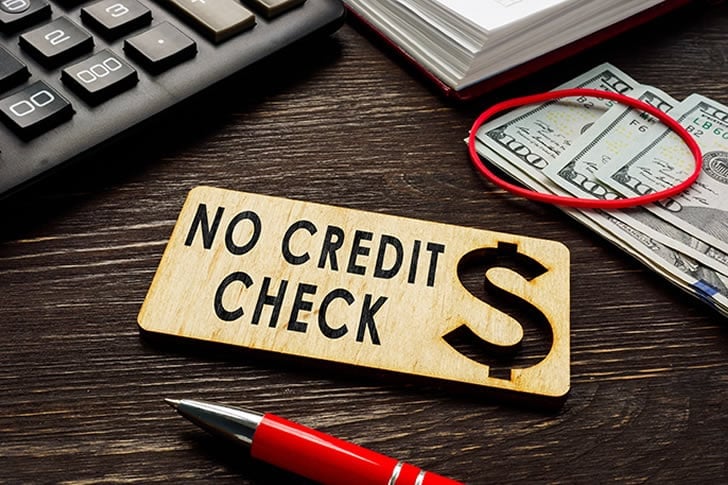Instant Debt Relief: Debt Consolidation At Low Cost in USA
Debt consolidation is a strategic approach to manage multiple debts efficiently by combining them into a single payment plan.

1. Understanding Debt Consolidation
Debt consolidation helps streamline finances by merging various debts into one, reducing interest rates and monthly payments. It simplifies debt management but requires careful consideration of costs and terms.
2. How Debt Consolidation Works
Debt consolidation typically involves taking out a new loan or using a debt management plan to pay off existing debts. This can be done through personal loans, balance transfers, or home equity loans. The goal is to secure a lower interest rate and manageable payment terms.
3. Benefits of Debt Consolidation
3.1 Lower Interest Rates
By consolidating high-interest debts into a single loan with a lower rate, borrowers can save on interest payments.
3.2 Simplified Payments
Managing one payment instead of multiple payments each month makes budgeting and financial planning easier.
3.3 Improved Credit Score
Consolidation can help improve your credit score over time by reducing the amount of debt owed and ensuring timely payments.
4. Types of Debt Consolidation Methods
Here’s a breakdown of ten debt consolidation methods, their costs, and how to apply for them:
| Debt Consolidation Method | Application Process | Typical Costs |
|---|---|---|
| Personal Loan | Apply through a bank or online lender | Interest rates typically range from 6% to 36% |
| Balance Transfer Credit Card | Apply for a credit card with a balance transfer offer | Balance transfer fees (usually 3%-5% of the amount transferred) |
| Home Equity Loan | Apply through a mortgage lender | Closing costs and interest rates typically from 3% to 8% |
| Home Equity Line of Credit | Apply through a mortgage lender | Variable interest rates, closing costs |
| Debt Management Plan | Work with a credit counseling agency | Setup fees and monthly maintenance fees |
| 401(k) Loan | Borrow from your retirement savings | Interest is paid back into your account, potential tax penalties if not repaid |
| Debt Consolidation Loan | Apply through a bank or credit union | Fixed or variable interest rates, origination fees |
| Peer-to-Peer Loan | Apply through a P2P lending platform | Interest rates and fees vary based on the platform |
| Cash-Out Refinance | Refinance your mortgage for more than you owe | Closing costs, interest rates typically lower than personal loans |
| Credit Union Loan | Apply through a credit union | Lower interest rates for members, typically 6%-12% |
5. Advantages and Disadvantages of Debt Consolidation
5.1 Advantages
- Single Payment: Easier to manage finances.
- Lower Interest Rates: Can significantly reduce the total amount paid.
- Credit Score Impact: Potential for credit score improvement if managed properly.
5.2 Disadvantages
- Fees and Costs: Consolidation can come with upfront costs and fees.
- Risk of Secured Loans: Using home equity can put your property at risk.
- Potential for Higher Total Costs: Lower monthly payments can extend the loan term, increasing the total amount paid over time.
6. Frequently Asked Questions (FAQs)
Q1: Will debt consolidation hurt my credit score?
A1: Initially, it may slightly lower your credit score due to the hard inquiry, but timely payments can improve it in the long run.
Q2: Is debt consolidation the same as debt settlement?
A2: No, consolidation combines debts into one payment, while settlement involves negotiating to pay less than owed.
Q3: Can I consolidate my student loans?
A3: Yes, both federal and private student loans can be consolidated, though the process and terms differ.
7. Debt Consolidation Process
7.1 Evaluating Your Financial Situation
Assess your debts, interest rates, and monthly payments. Determine how much you can afford to pay each month.
7.2 Choosing the Right Method
Based on your financial situation, choose a consolidation method that offers the best terms and interest rates.
7.3 Applying for Debt Consolidation
Submit your application to the chosen lender or service. Provide necessary documentation and wait for approval.
7.4 Managing Consolidated Debt
Create a budget and payment plan to ensure you make timely payments and avoid accumulating new debt.
8. Debt Consolidation Mind Map
8.1 Central Node: Debt Consolidation
- Branches:
- Types of Debt: Credit cards, personal loans, medical bills.
- Methods: Personal loan, balance transfer, home equity loan.
- Benefits: Lower interest rates, simplified payments, credit score improvement.
- Challenges: Fees, secured loan risks, potential long-term costs.
9. Statistics on Debt Consolidation Usage
| Statistic | Value |
|---|---|
| Average debt consolidated | $20,000 |
| Percentage of Americans considering it | 25% |
| Success rate in reducing debt | 80% |
| Common age group for consolidation | 30-50 years old |
| Average interest rate reduction | 6-8% lower than previous |
10. Sources
This comprehensive guide provides an overview of debt consolidation options available in the USA, detailing the benefits, methods, and application processes, helping individuals make informed financial decisions.







Recent Comments